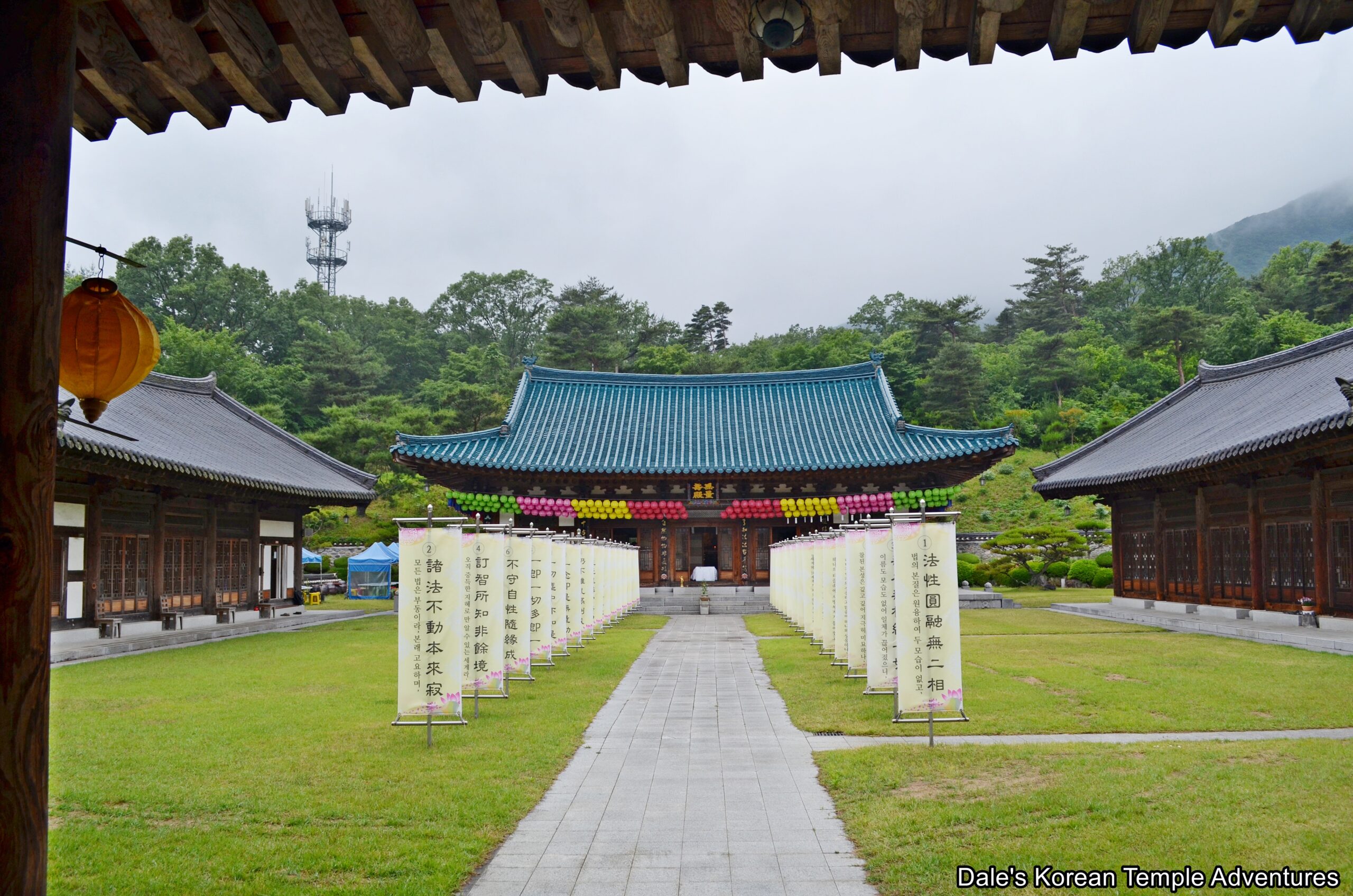
Hermitage History
Seochukam Hermitage is located on the Tongdosa Temple grounds in Yangsan, Gyeongsangnam-do in the southern foothills of Mt. Yeongchuksan (1,082.2 m). Seochukam Hermitage is one of nearly twenty hermitages on the Tongdosa Temple grounds; in fact, it’s just 150 metres away from neighbouring Jajangam Hermitage. The hermitage was first founded by the monk Wolha in 1996. In total, there are only a handful of buildings on the hermitage grounds.
Hermitage Layout
You first make your way up to the hermitage up a long, forested roadway, until you eventually come to the hermitage parking lot south of the walled-off grounds. To the right of the hermitage parking lot, you’ll find a plainly adorned entry gate. On either side of the entrance to the hermitage grounds are two storage areas. Passing through the beautiful gate, you’ll enter into the lush hermitage courtyard. Seochukam Hermitage has the feel of a Japanese temple instead of a Korean one. What makes me say this is that all of the buildings are purposely unadorned. The exterior walls to both the entry gate and the Daeung-jeon Hall are adorned in their natural wood finish and white along the walls.
Having entered the main hermitage courtyard, you’ll notice the administrative office to your left and the Yosachae (monks’ dorms) to your right. Between the entry gate and the Yosachae is a modern half-sized replica of Dabo-tap Pagoda from the famed Bulguksa Temple. This pagoda used to stand in front of the main hall, but it has been moved in more recent years to its present location. And out in front of this pagoda is a water fountain. Water pours forth from a stone turtle’s mouth, collects in pools of water with baby turtle statues and high-relief images of lotus flowers on it, and flows out into a lotus basin.
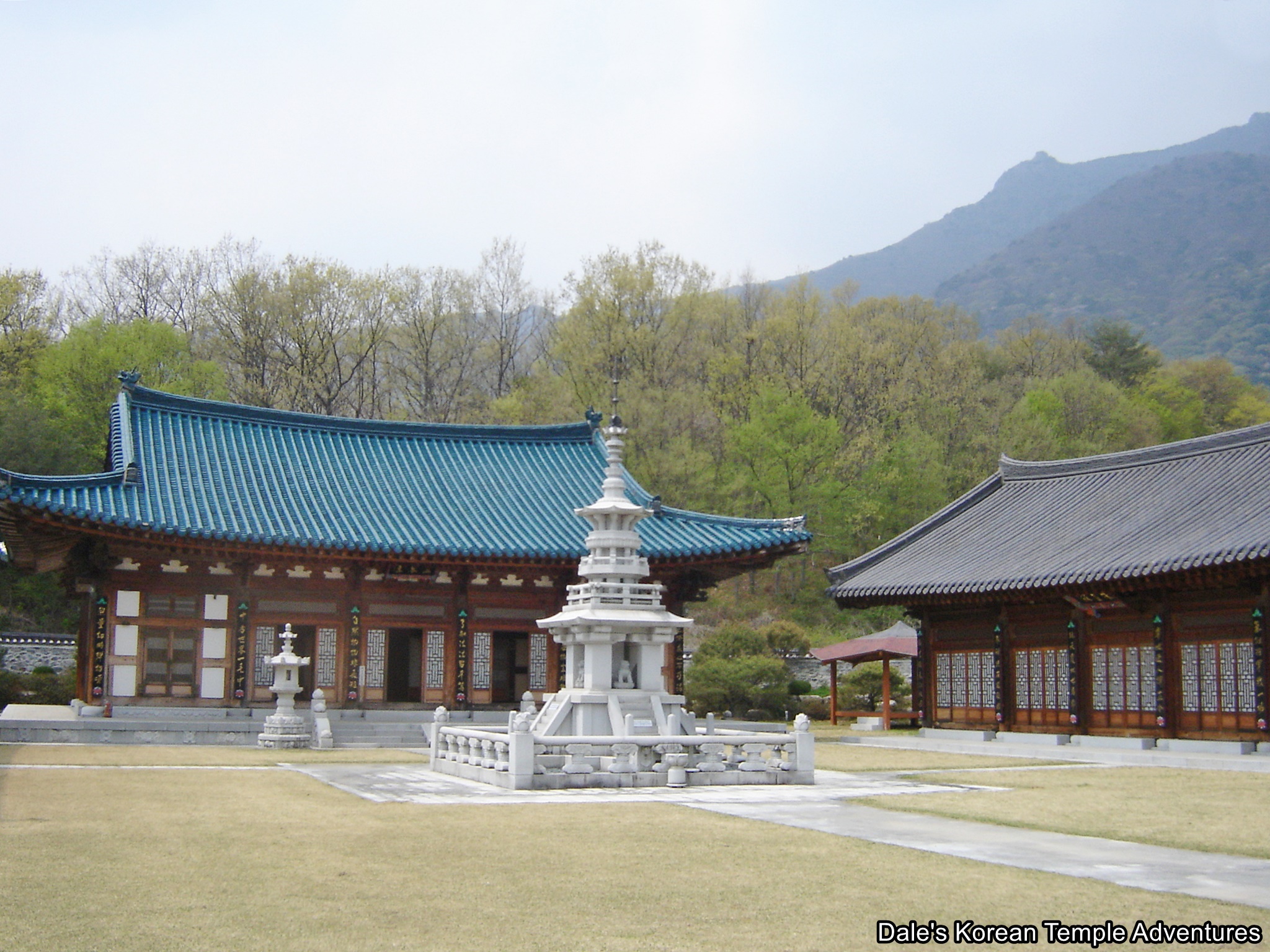
Straight ahead, on the other hand, and between the administrative office and the Yosachae, is the only shrine hall at Seochukam Hermitage. This is the Daeung-jeon Hall. Again, the exterior walls to the main hall are adorned in their natural wood finish and white walls. On either side of the entry to the Daeung-jeon Hall are two storage areas.
There is a wooden corridor out in front of the central entrance to the Daeung-jeon Hall. Stepping inside the main hall, your eyes will instantly be drawn to all the colour inside the Daeung-jeon Hall. Every inch of the interior is filled with stunning murals that include the Palsang-do (The Eight Scenes from the Buddha’s Life Murals), the Four Heavenly Kings, shaman deities, an all-white Gwanseeum-bosal (The Bodhisattva of Compassion), and a mural dedicated to the scene from the “Vision of the Bejeweled Stupa” from the Lotus Sutra. All of these paintings are masterful in their execution. As for the main altar, it houses a triad of statues set back in an enclosed area. The triad consists of a central image dedicated to Seokgamoni-bul (The Historical Buddha), who is joined on either side by Jijang-bosal (The Bodhisattva of the Afterlife) and Gwanseeum-bosal. The triad rests under a beautiful canopy with a manja image at its centre. On either side of the main altar are a collection of four panel paintings. These paintings consist of images dedicated to Jijang-bosal, Gwanseeum-bosal, Bohyeon-bosal (The Bodhisattva of Power), and Munsu-bosal (The Bodhisattva of Wisdom). The interior to the compact main hall is stunningly filled with beautiful Buddhist artwork that’s second-to-none.
How To Get There
From Busan, you’ll first need to get to the Nopo subway stop, which is stop #134. From there, go to the intercity bus terminal. From the intercity bus terminal get a bus bound for Tongdosa Temple. The ride should last about 25 minutes. The buses leave every 20 minutes from 6:30 a.m. to 9:00 p.m. From where the bus drops you off at the Tongdosa Temple bus stop, you’ll need to walk an additional 10 minutes to the temple grounds west of the bus stop.
From Tongdosa Temple, you’ll need to continue up the main road for another 700 metres until you come to a fork in the road. Instead of heading straight, turn right and continue heading in this direction for a couple of kilometres. There is a cluster of hermitages in this area. Find the sign that reads Seochukam Hermitage – 서축암 and continue heading in this direction until you arrive at the hermitage.
Overall Rating: 4/10
Seochukam Hermitage is both beautiful and tranquil in its simplicity and size. The hermitage buildings are equally beautiful in their simplicity, as well. However, stepping inside the Daeung-jeon Hall, this simplicity is disrupted by the overwhelming beauty that’s artistically present inside the main hall from the main altar statues to the numerous Buddhist themed murals. Seochukam Hermitage is beautiful in its contrasting elements found in both its architecture and its artwork.
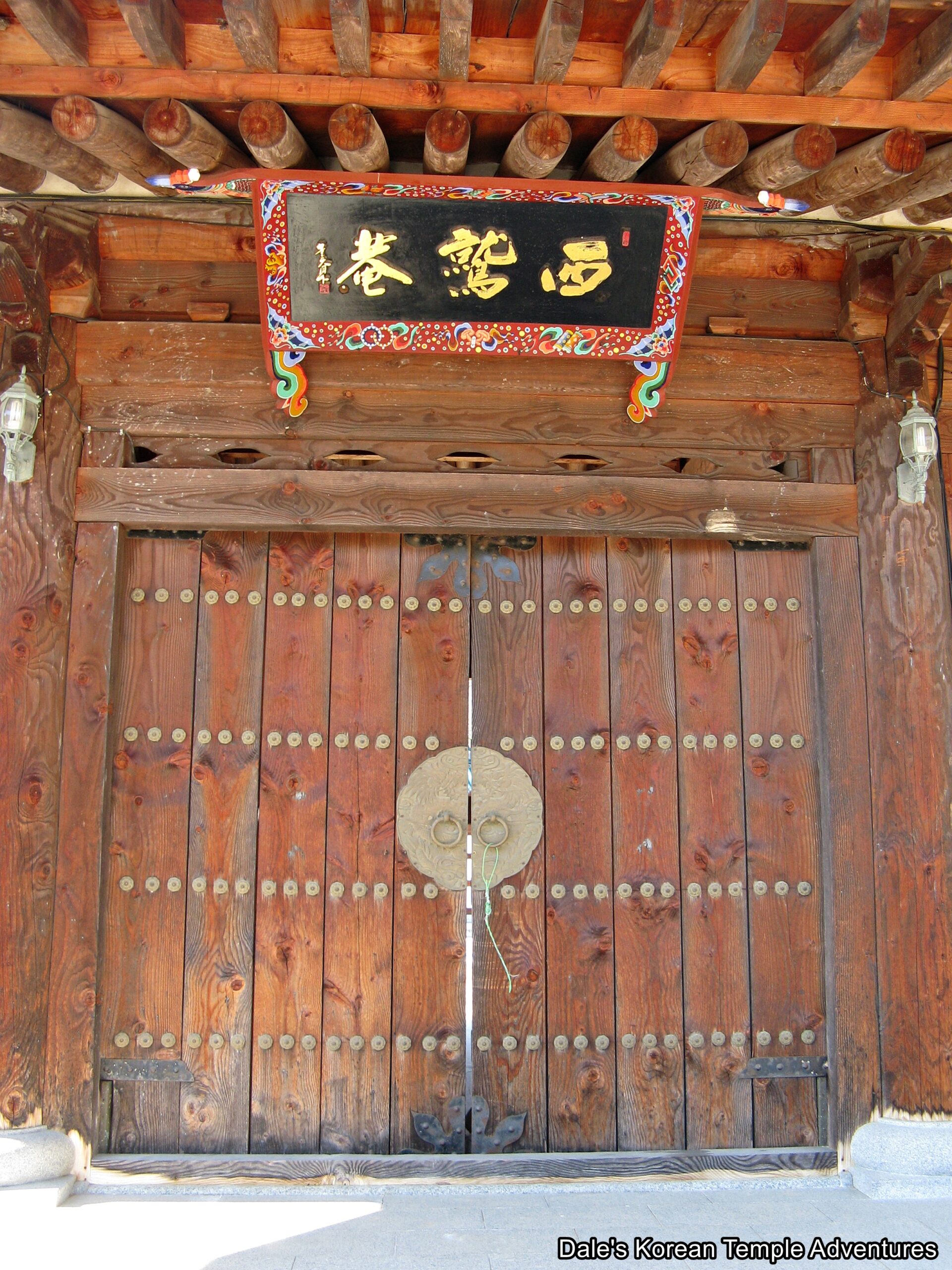
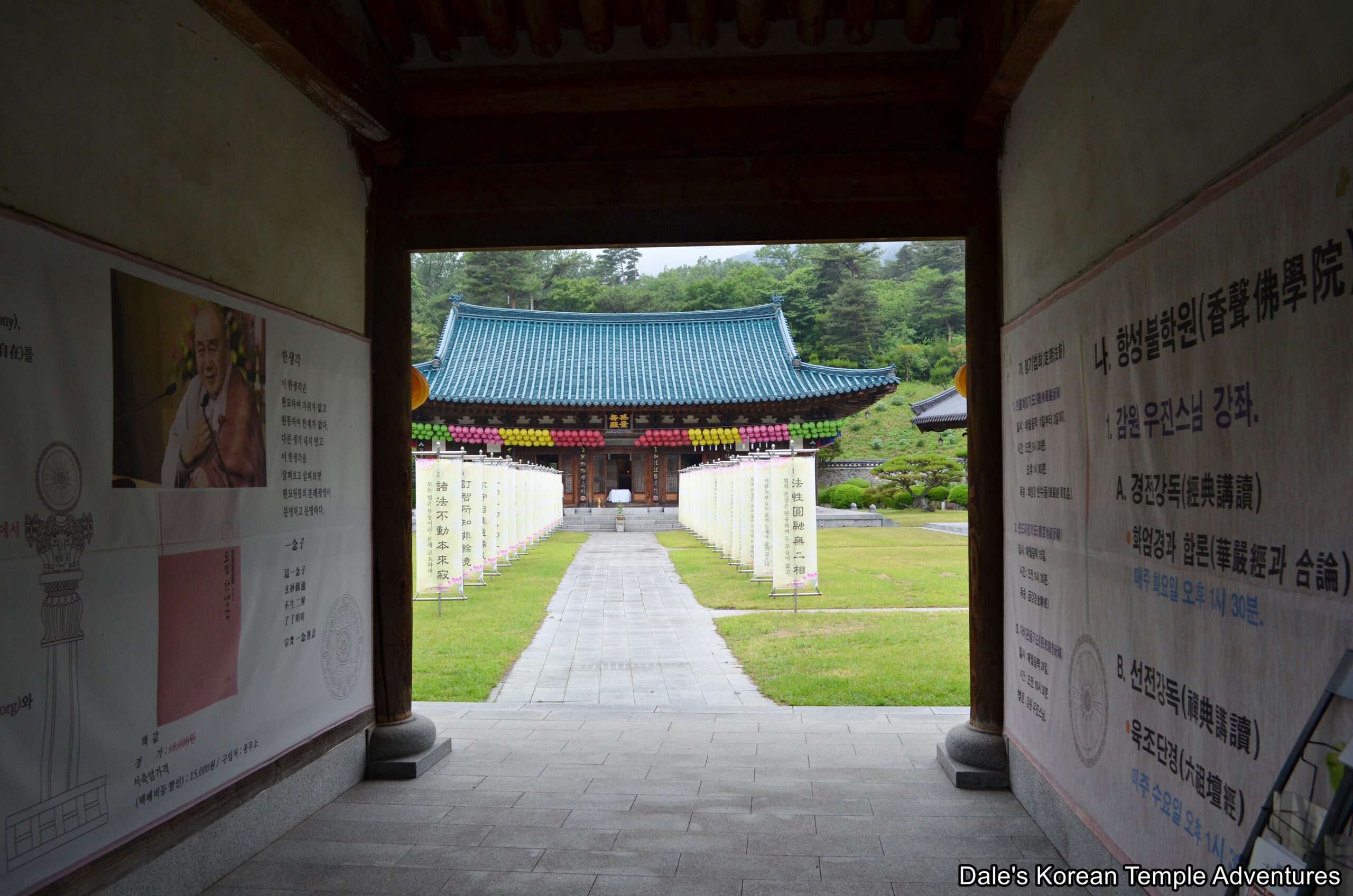
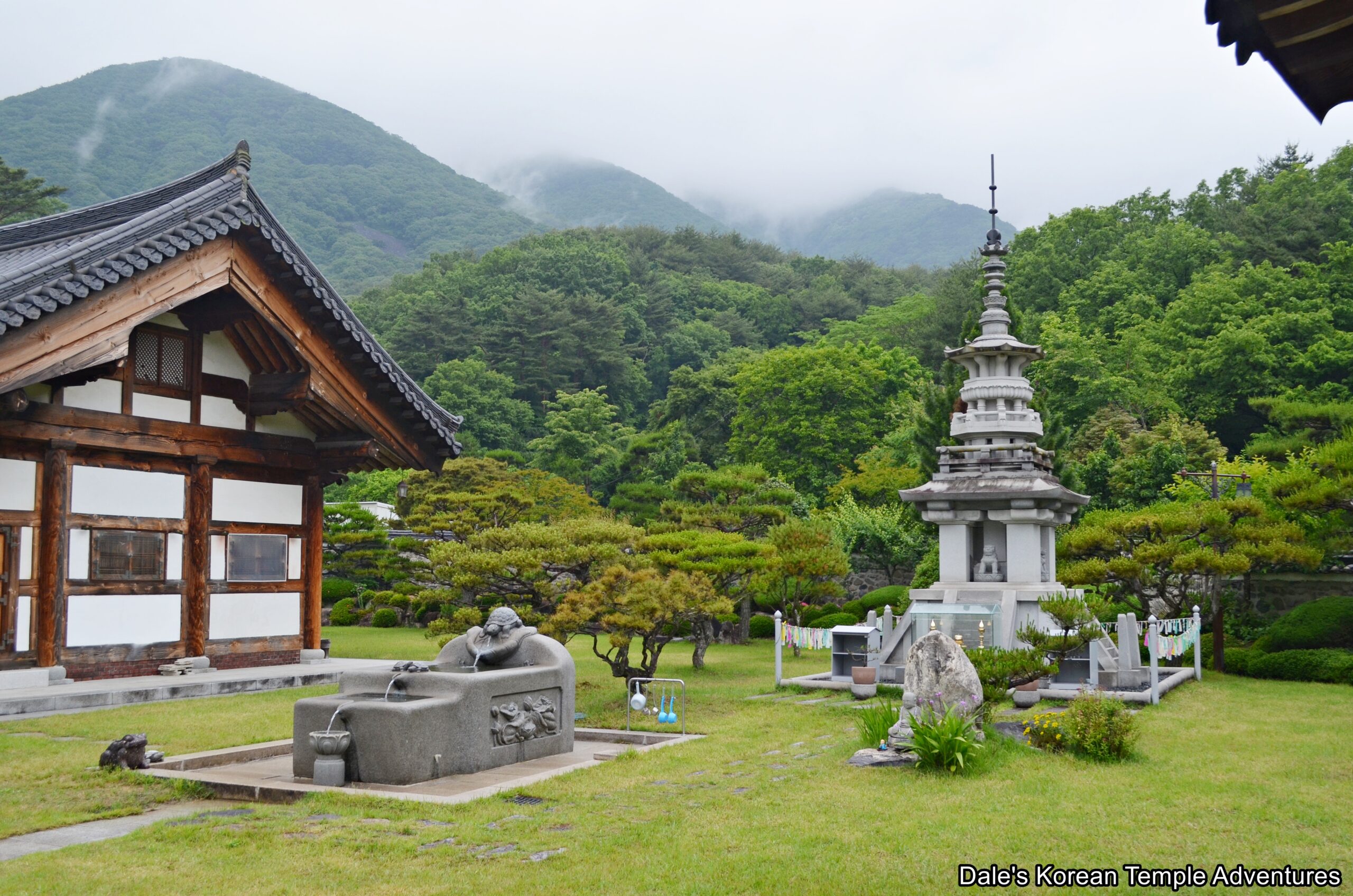
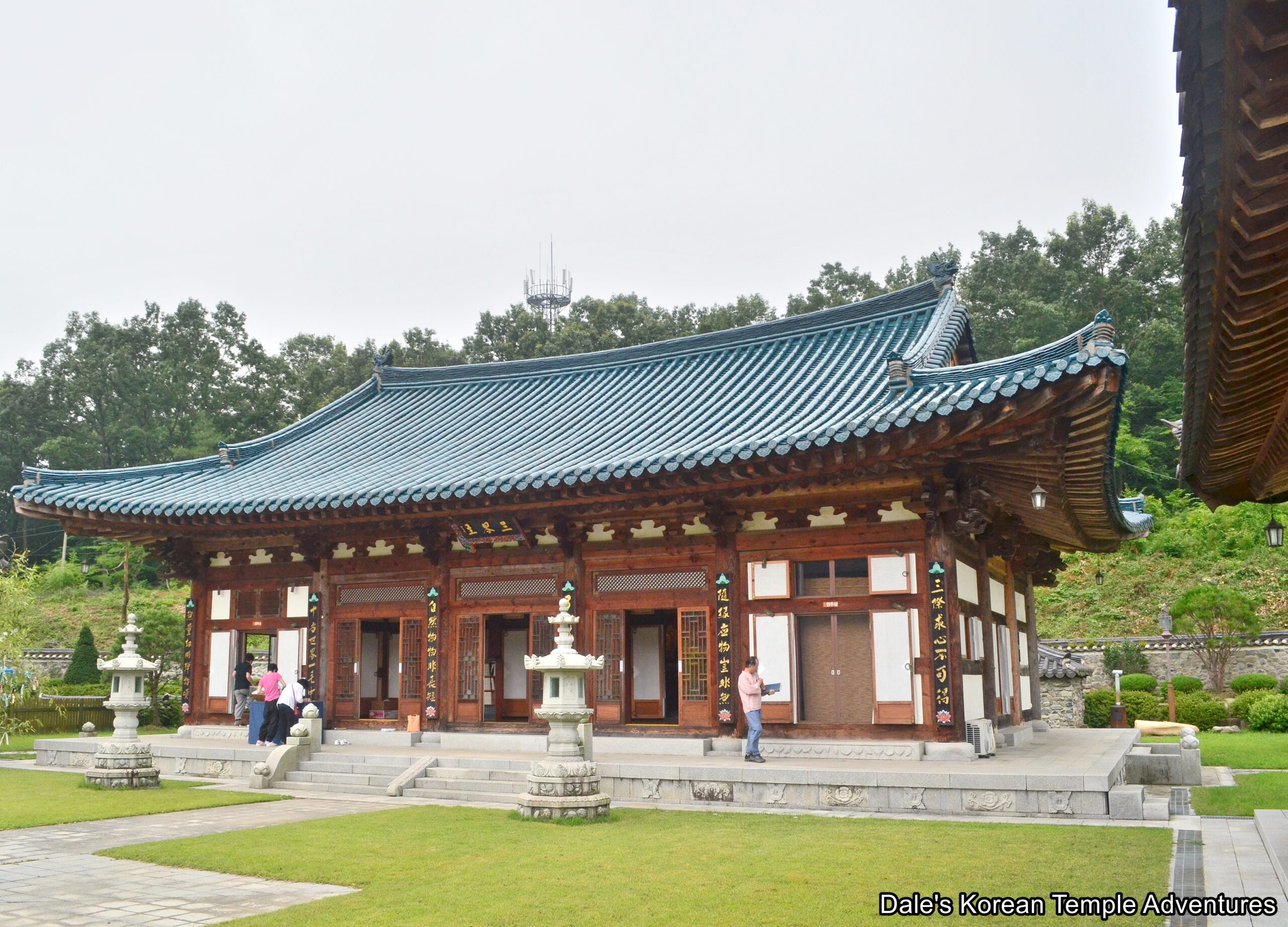
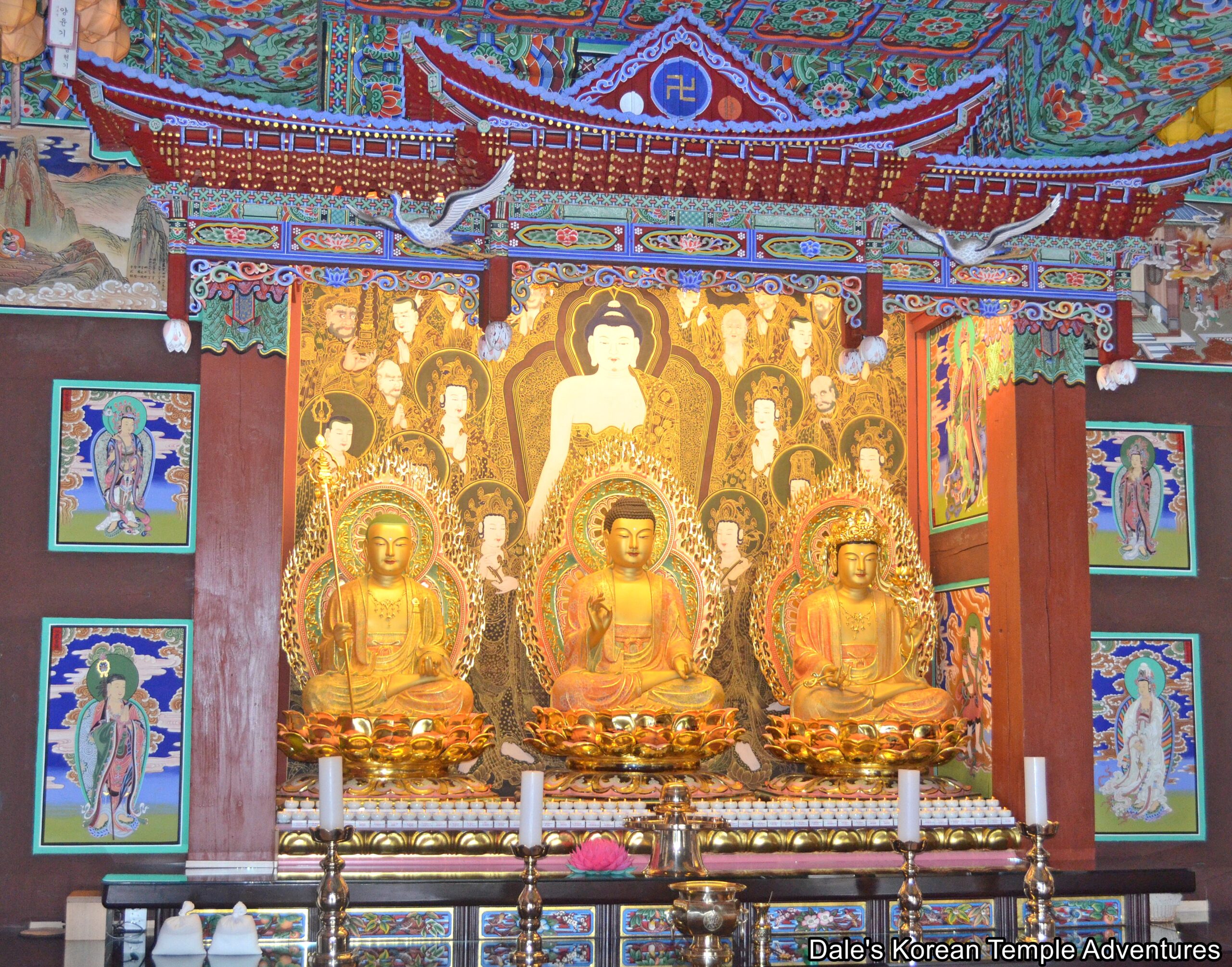
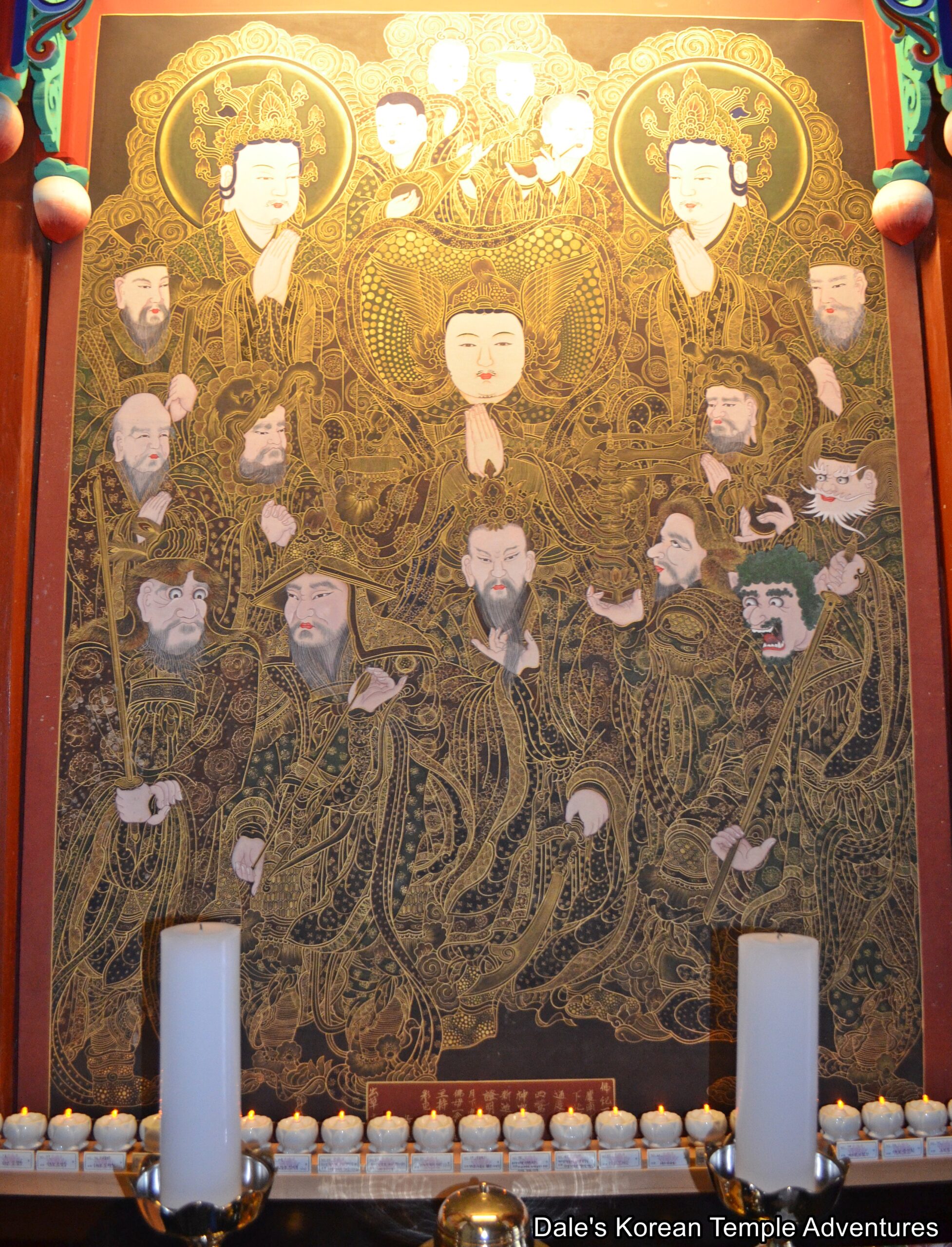

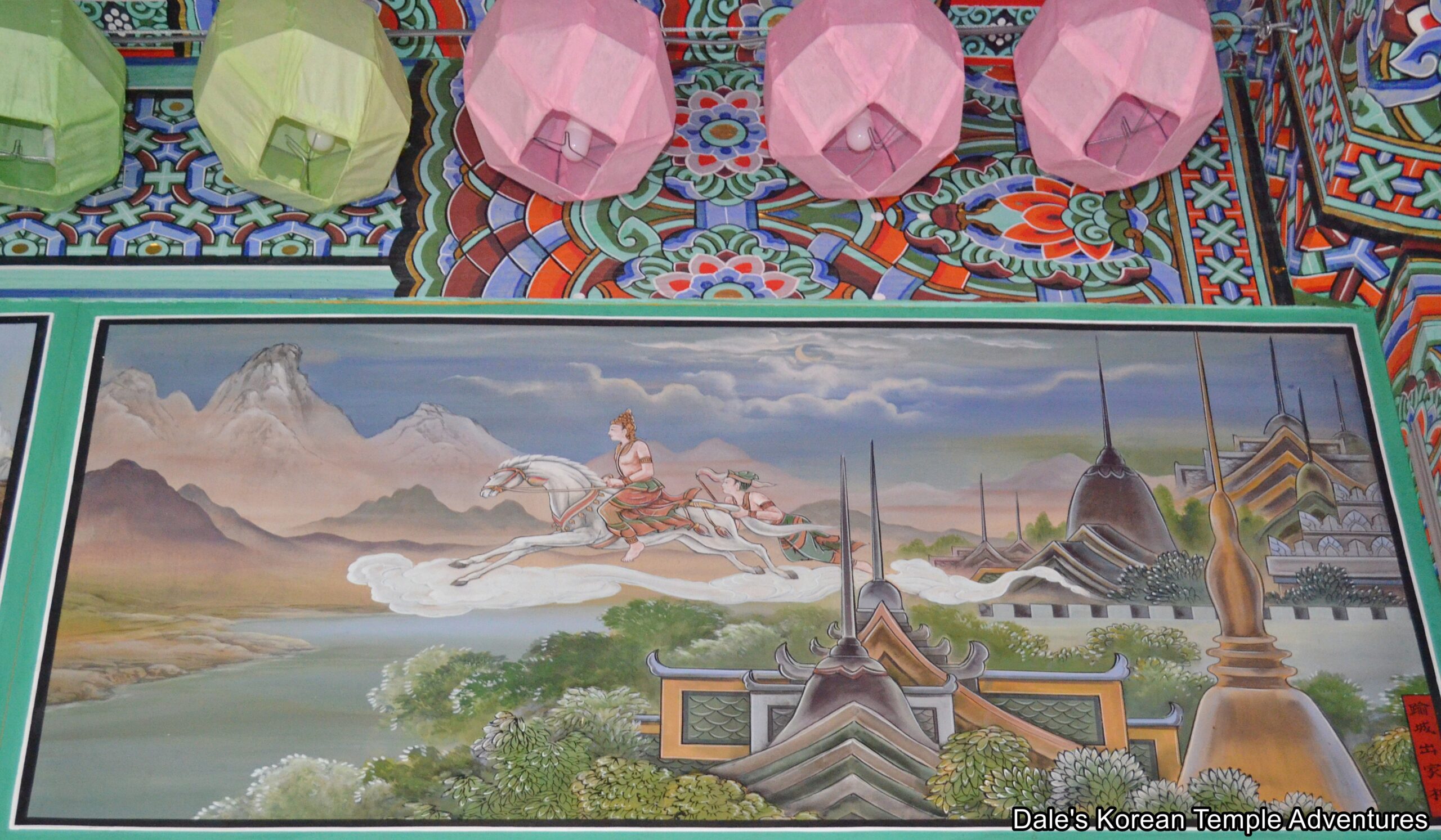
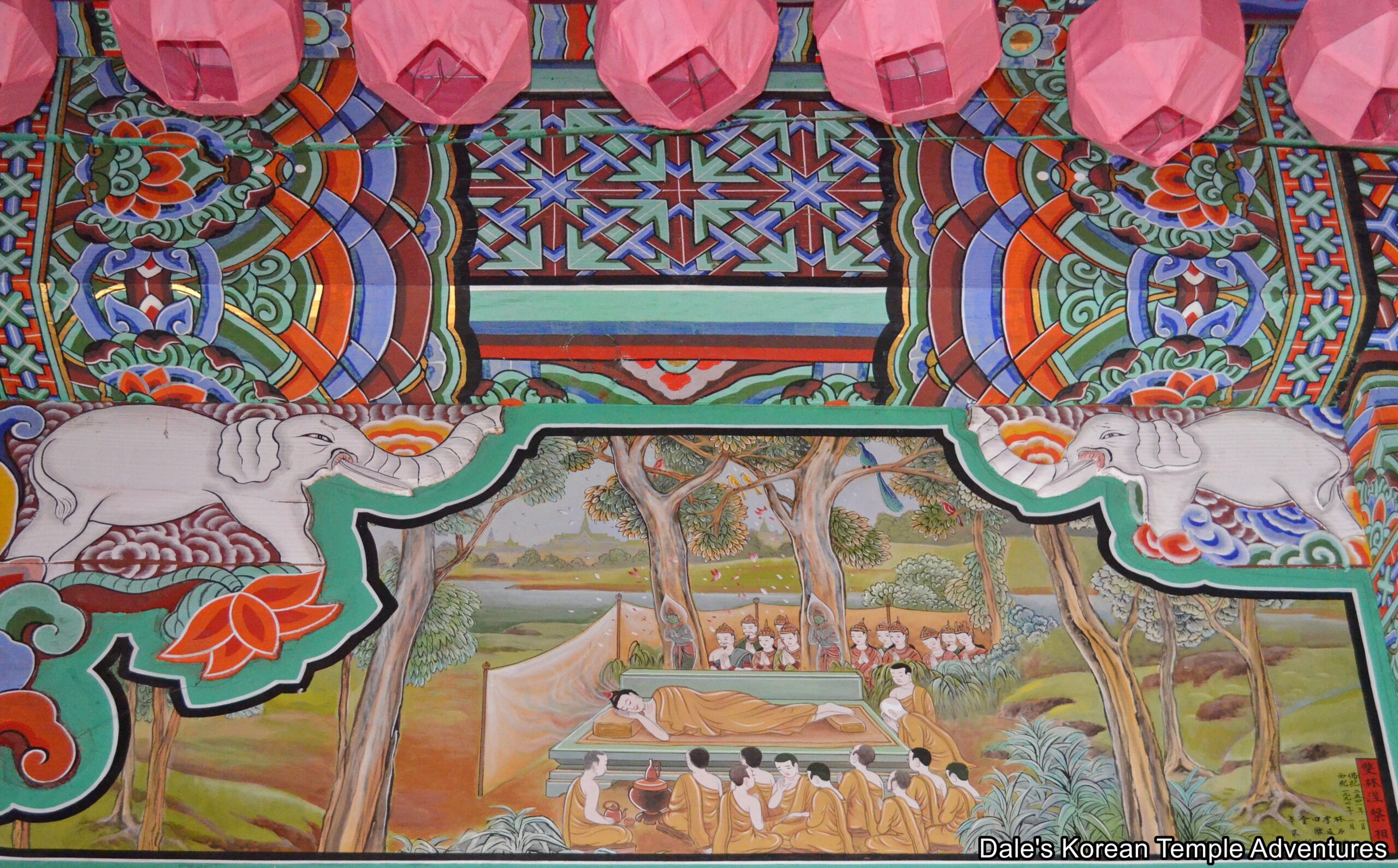
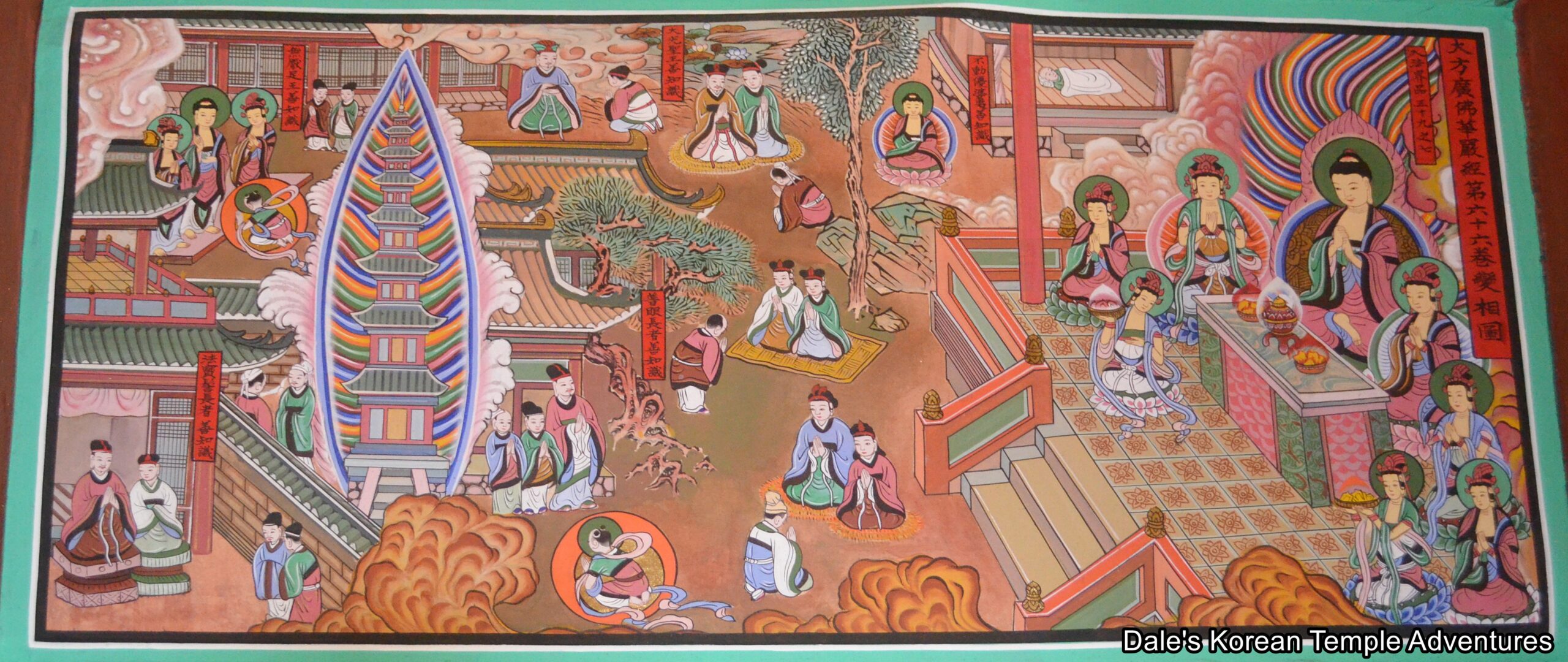
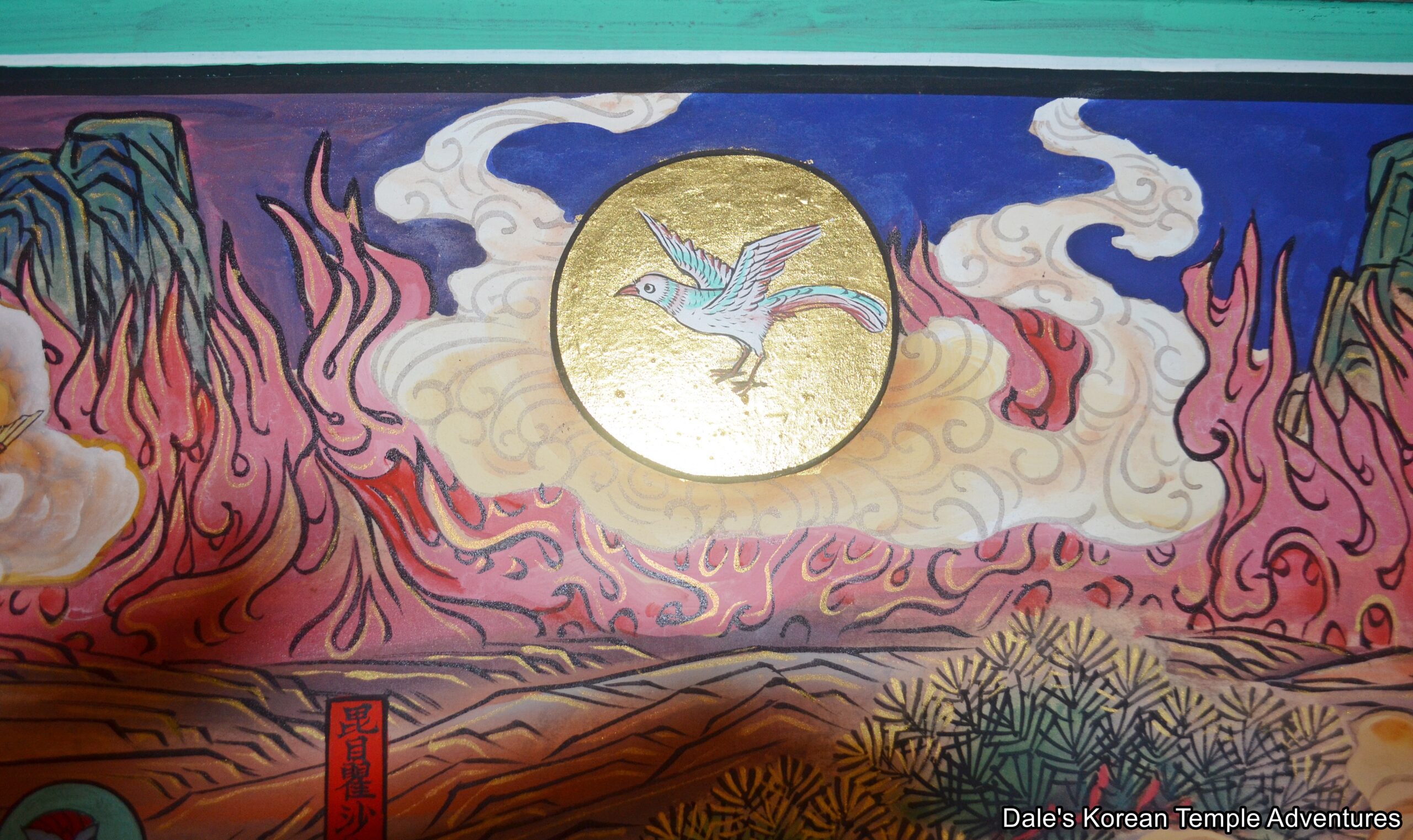


Recent comments